Addition of water molecule across double bond to yield Antimarkownikov's product. Can be accomplished by Hydroboration followed by oxidation. Reaction follows as:
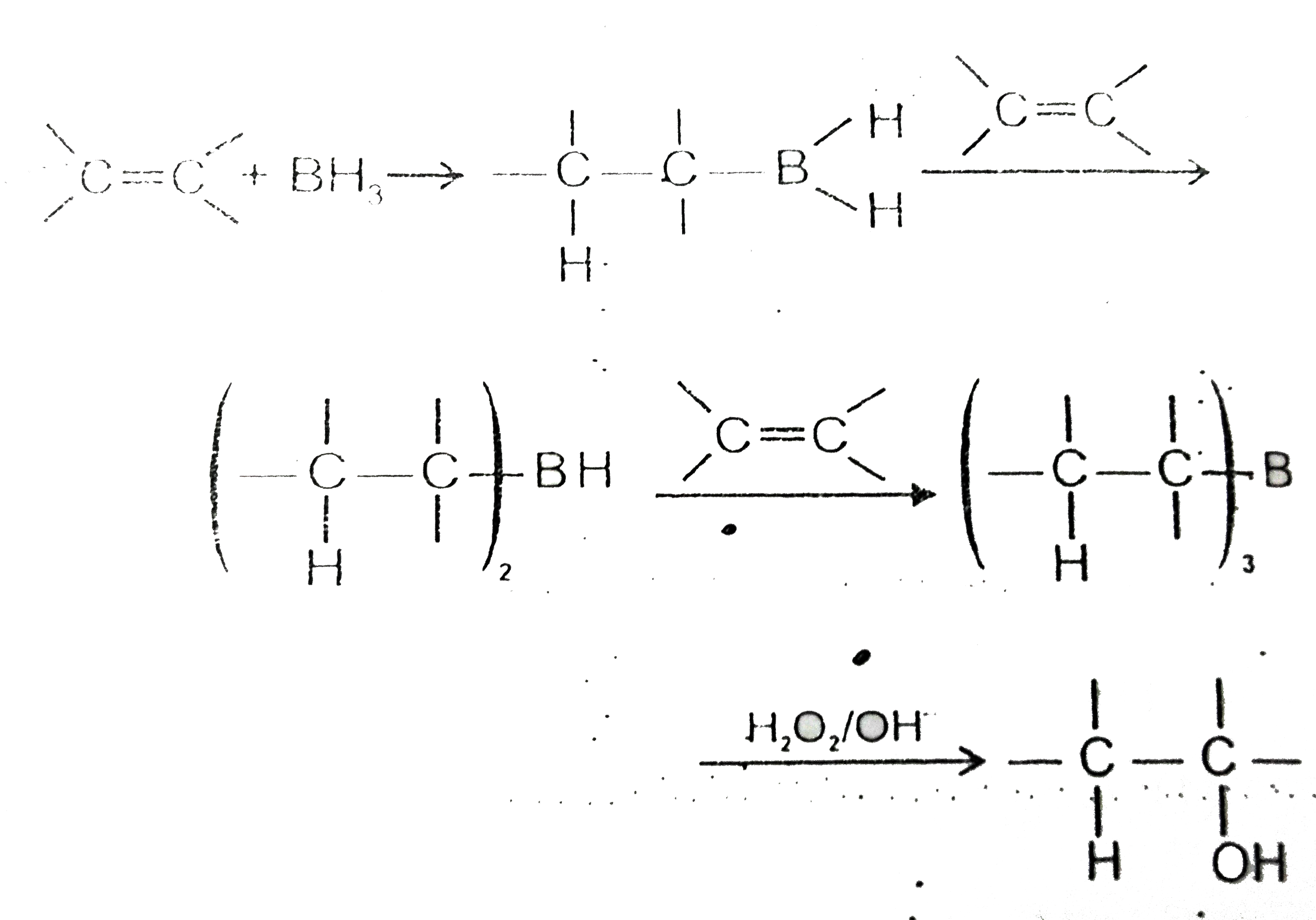
Which of the following statement is true about the given reaction?
Hydroboration step of the reaction proceed through Markovikoff's additions
The reaction is neither stereoselective nor regioselective
It is stereoselective but non regioselective
Hydroboration step of the reaction proceeds through Anti-markovnikoff's addition.
The correct Answer is:A
Step by step video & image solution for Addition of water molecule across double bond to yield Antimarkownikov's product. Can be accomplished by Hydroboration followed by oxidation. Reaction follows as: Which of the following statement is true about the given reaction? by Chemistry experts to help you in doubts & scoring excellent marks in Class 12 exams.
Updated on:21/07/2023Topper's Solved these Questions
- HYDROCARBONSBOOK - AAKASH INSTITUTECHAPTER - HYDROCARBONSEXERCISE - SECTION-E ASSERTION-REASON TYPE QUESTIONS:
9 Videos
- HYDROCARBONSBOOK - AAKASH INSTITUTECHAPTER - HYDROCARBONSEXERCISE - SECTION-G INTEGER ANSWER TYPE QUESTIONS
2 Videos
- HYDROCARBONSBOOK - AAKASH INSTITUTECHAPTER - HYDROCARBONSEXERCISE - SECTION-C OBJECTIVE TYPE QUESTIONS (MORE THAN ONE OPTIONS ARE CORRECT)
12 Videos
- HALOALKANES AND HALOARENES BOOK - AAKASH INSTITUTECHAPTER - HALOALKANES AND HALOARENES EXERCISE - ASSIGNMENT SECTION -D
15 Videos
- HYDROGENBOOK - AAKASH INSTITUTECHAPTER - HYDROGENEXERCISE - ASSIGNMENT (SECTION - D) (Assertion-Reason Type question)
15 Videos
Similar Questions
Addition of water molecule across double bond to yield Antimarkownikov's product. Can be accomplished by Hydroboration followed by oxidation. Reaction follows as:
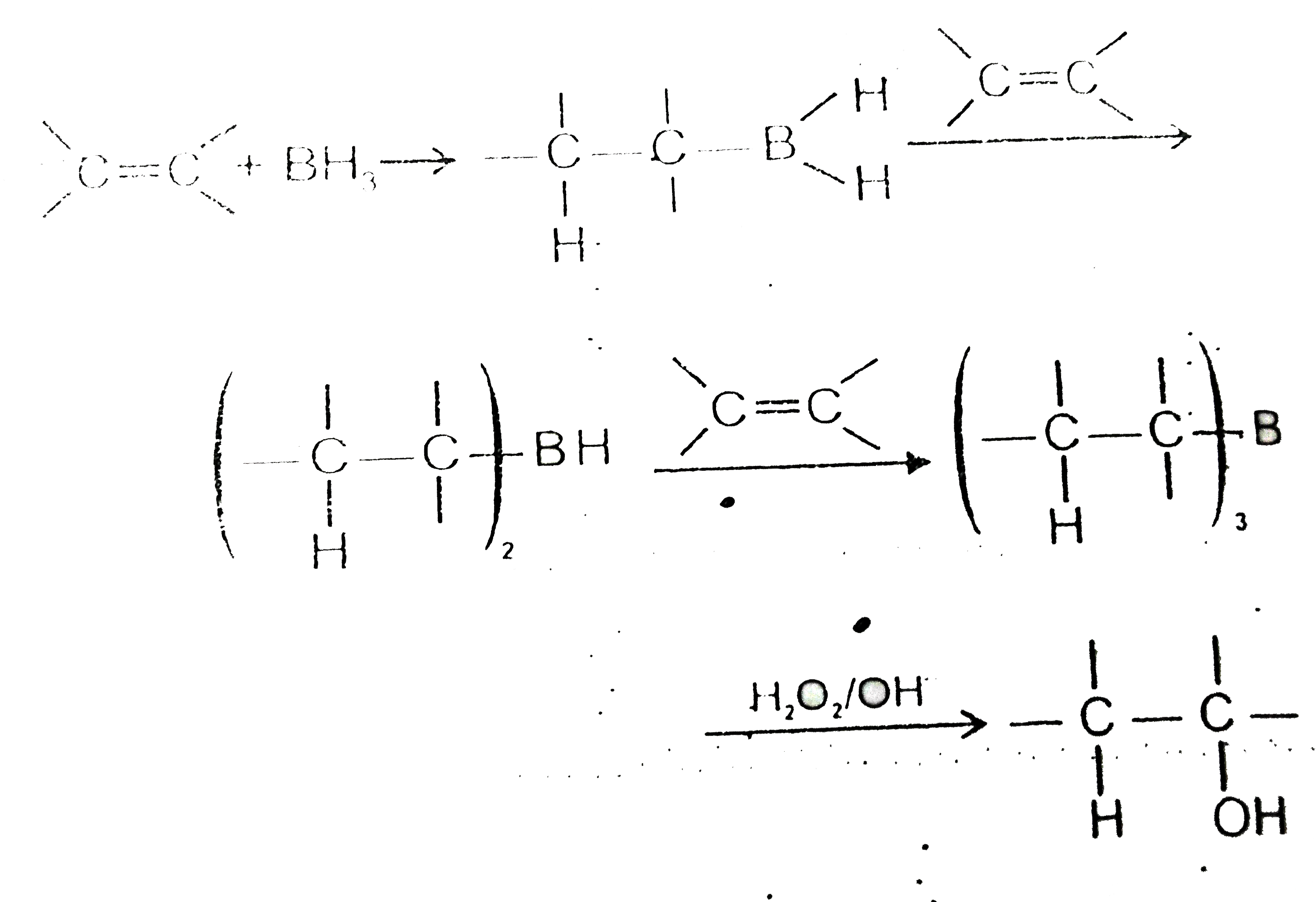
BH3 is behaving as
View SolutionAddition of water molecule across double bond to yield Antimarkownikov's product. Can be accomplished by Hydroboration followed by oxidation. Reaction follows as:
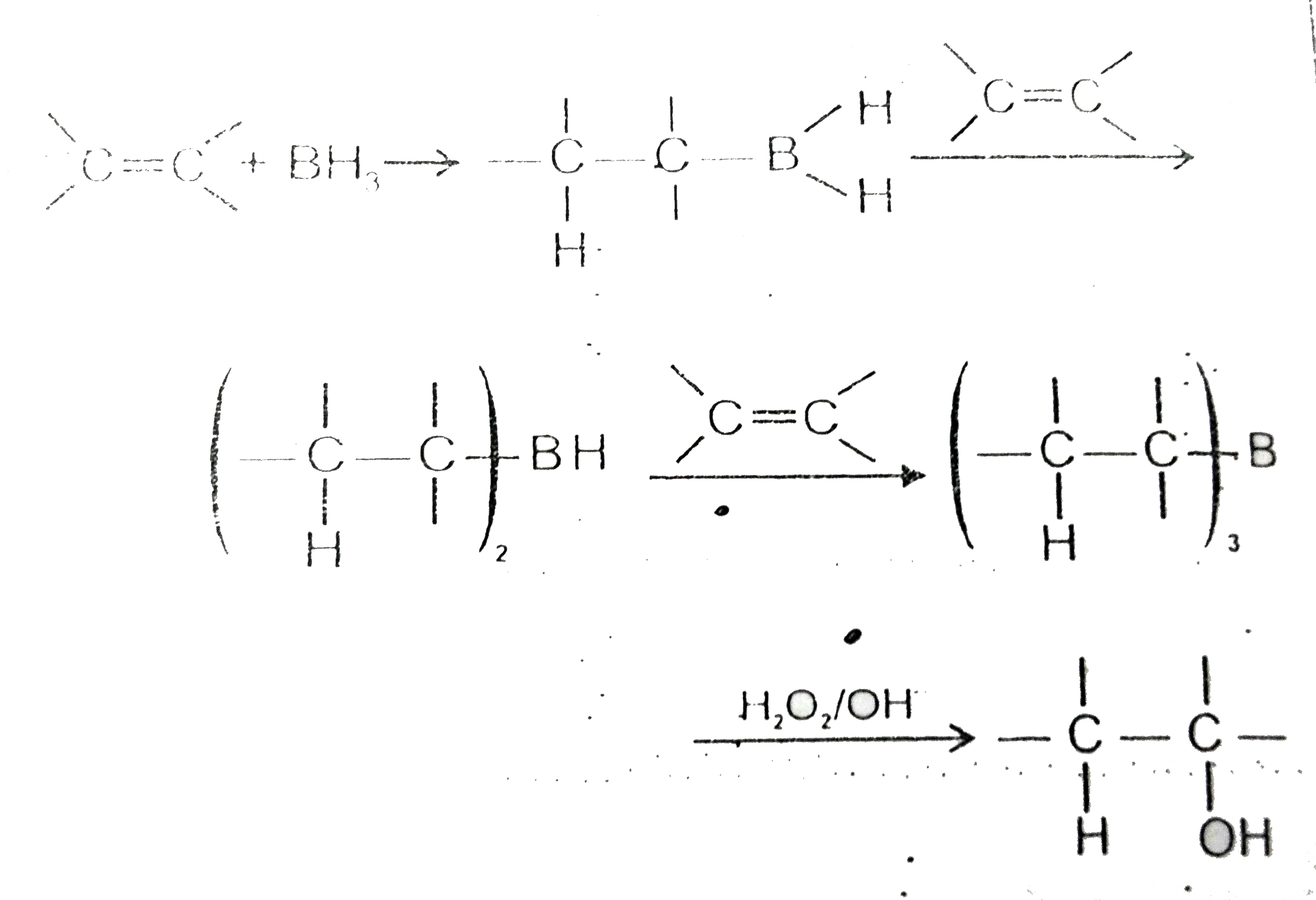
Product of hydroboration oxidation of 1-methyl cyclopentene is
View Solution
Knowledge Check
Which of the following statements are wrong about the given reaction ?
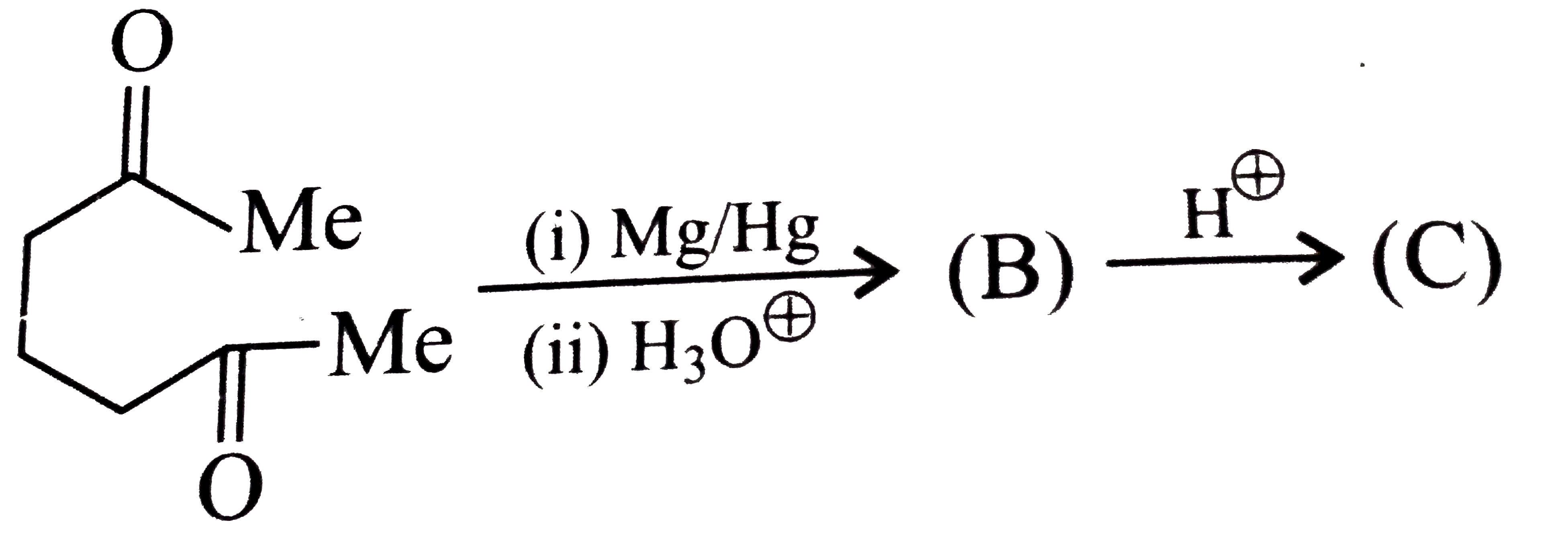 AFormation of (B) from (A) is called bimolecular reduction and takes place by radical anion mechanism.BFormation of (B) from (A) takes place by free radical mechanism.CProduct (B) and (C ), respectively, are:
AFormation of (B) from (A) is called bimolecular reduction and takes place by radical anion mechanism.BFormation of (B) from (A) takes place by free radical mechanism.CProduct (B) and (C ), respectively, are:
 DProducts (B) and (C ), respectively, are
DProducts (B) and (C ), respectively, are
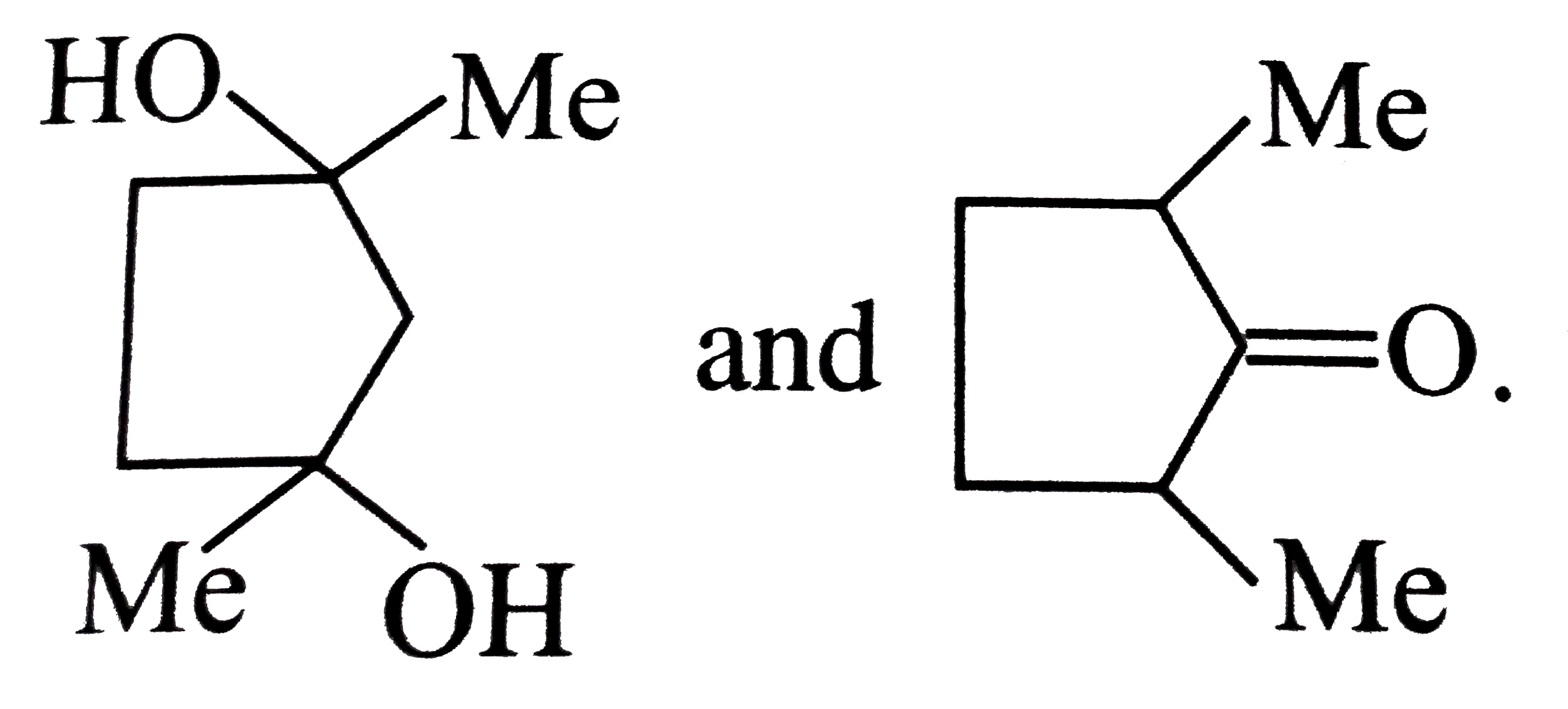
Which of the following statements are correct about the given reaction ?
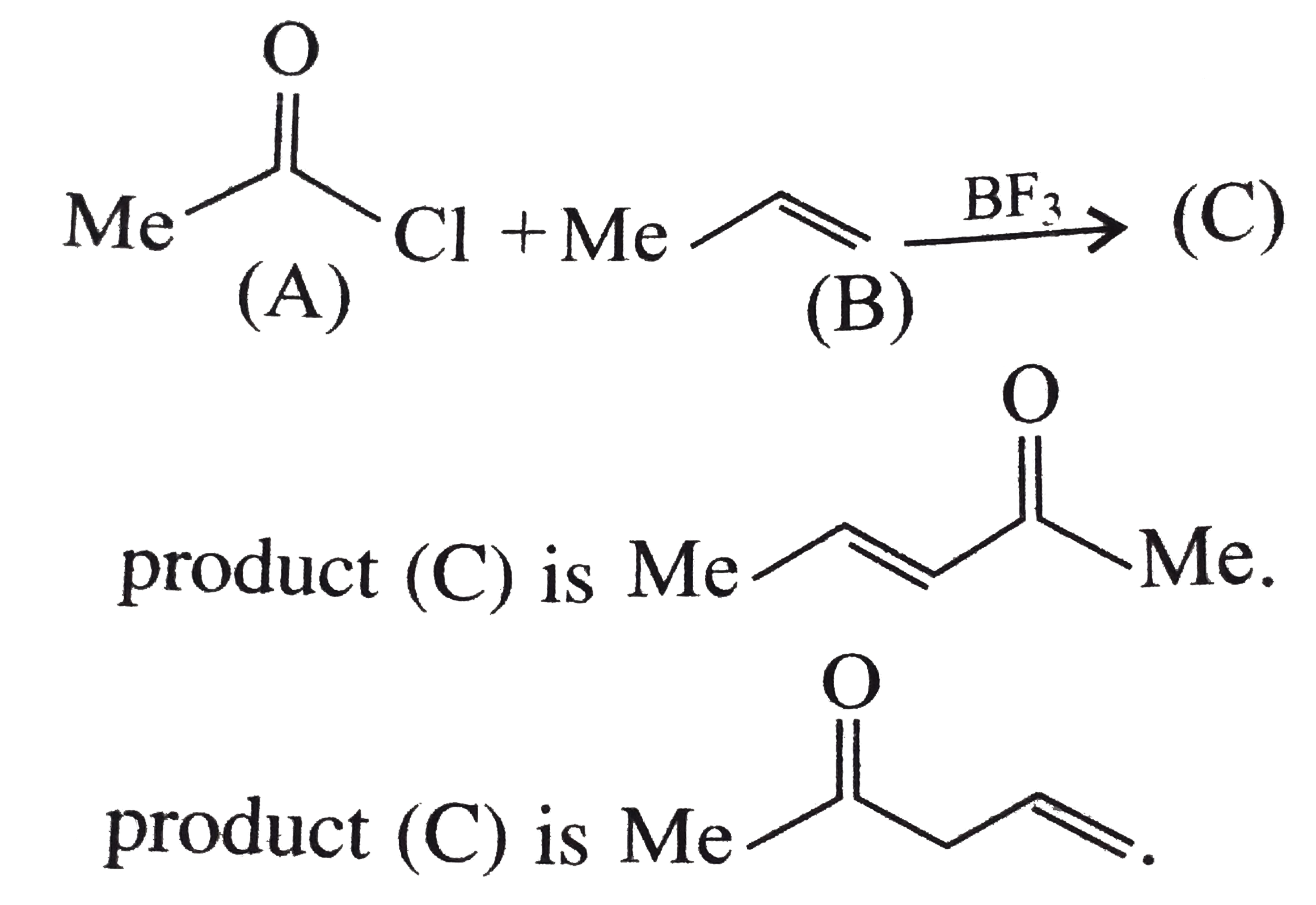 .AThe product ( C) is
.AThe product ( C) is BThe product ( C) is
BThe product ( C) is CThe formation of (C) proceeds via the formation of acylium ion.DThe formation of (C) proceeds via the formation of carbocation.
CThe formation of (C) proceeds via the formation of acylium ion.DThe formation of (C) proceeds via the formation of carbocation.Which of the following statements are correct about the given reaction ?
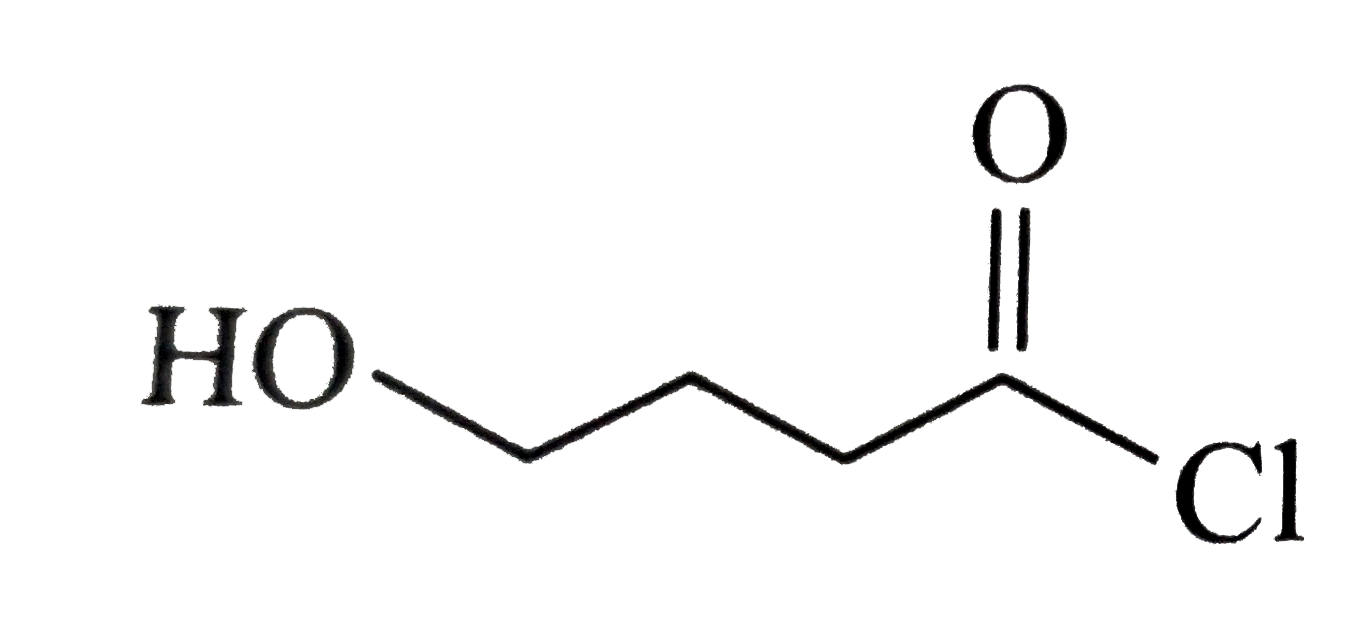 AThe product (B) can also be obtained by the reaction of (A) with DIBAL-H.BThe product (B) can also be obtained by the reaction of (A) with poisoned Pd.CThe product (B) is a racemate of two enantiomeric forms and the product is
AThe product (B) can also be obtained by the reaction of (A) with DIBAL-H.BThe product (B) can also be obtained by the reaction of (A) with poisoned Pd.CThe product (B) is a racemate of two enantiomeric forms and the product is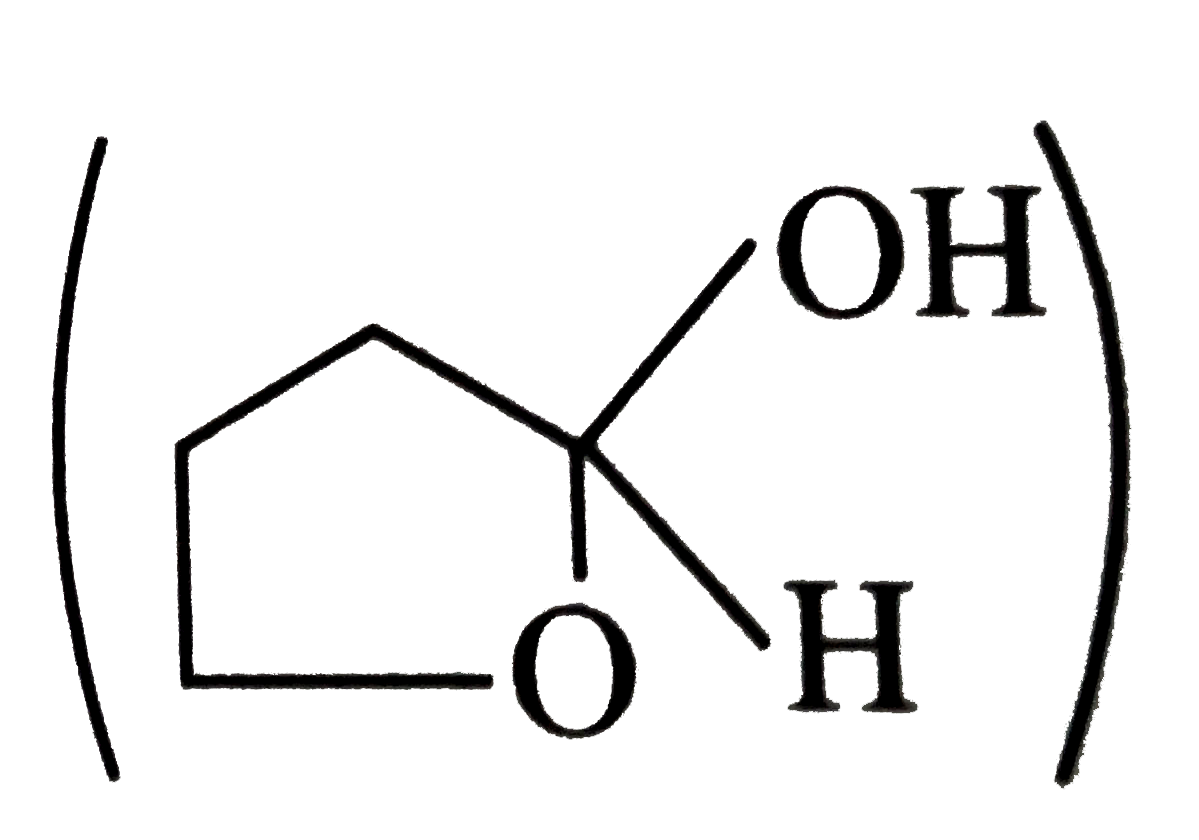 (cyclic hemiacetal).DProduct (B) is
(cyclic hemiacetal).DProduct (B) is
Which of the following statements are true about the benzoin reaction ?

View SolutionWhich of the following statements are correct about this reaction?
View SolutionWhich of the following statements is true about water hyacinth?
View SolutionWhich of the following statements are correct about this reaction ?
View SolutionWhich of the following statements is true about hydrogen bonding?
View Solution
